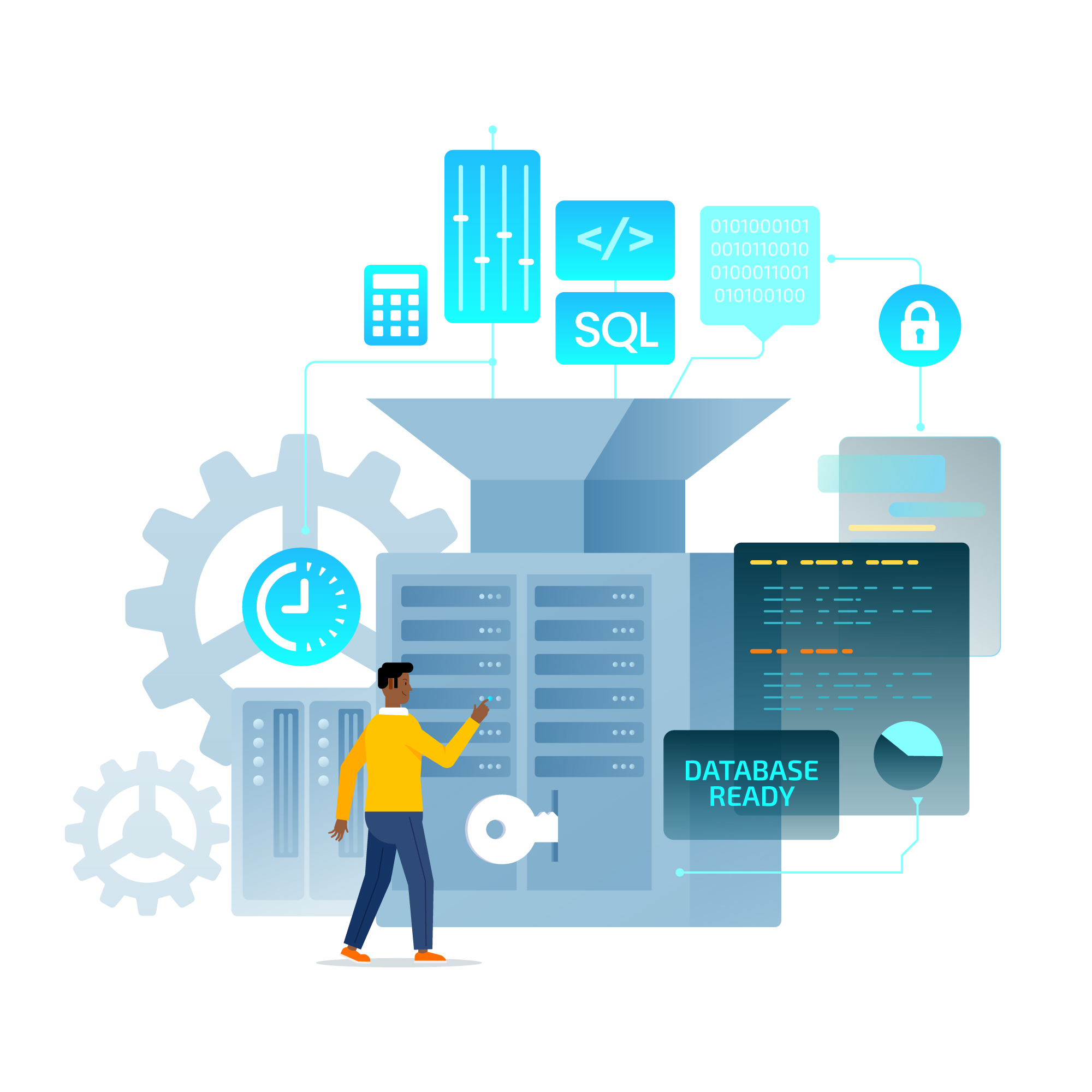The Benefits of SAM Tools like SNOW, Flexera, and SAM Pro
In today’s world, software plays an important role in driving organizational operations and productivity. Managing software assets efficiently can be a difficult task for organizations of all sizes. This is where Software Asset Management (SAM) tools come into play, offering a wide range of benefits that can help organizations optimize their software assets, reduce costs, mitigate risks, and improve operational efficiency.
Discovery and Inventory Management
SAM tools such as SNOW, Flexera, and SAM Pro can automate the process of discovering and tracking software assets across the organization’s network. By providing visibility into installed software, licenses, and usage, these tools can simplify inventory management and eliminate the manual effort required for asset tracking.
License Compliance and Risk Reduction
One of the benefits of SAM tools is their ability to ensure compliance with software licenses and usage rights. By centralizing license information and providing insights into license entitlements and usage, these tools help organizations mitigate the risks of audits, penalties, and legal issues related to non-compliance.
Potential Cost Savings
SAM tools can help organizations optimize their software spending by identifying underutilized or unused licenses. By analyzing software usage trends and providing recommendations for license optimization, these tools can help organizations avoid unnecessary software purchases and reduce costs.
Data Driven Decision Making
Another key advantage of SAM tools is their ability to provide valuable insights into software usage, costs, and compliance status. By leveraging reporting and analytics capabilities, organizations can make data driven decisions regarding software procurement, usage, and retirement, thereby aligning their software investments with business objectives.
Vendor Management
SAM tools can facilitate vendor management by centralizing information about software contracts, agreements, and vendor contacts. By providing a single source of truth for vendor-related information, these tools streamline communication with software vendors and ensure that organizations are aware of their contractual obligations.
Enhanced Security and Risk Management
SAM tools can contribute to enhanced security and risk management by helping organizations identify and mitigate software vulnerabilities and outdated versions. By ensuring that software is up-to-date and properly patched, these tools can help reduce the risk of security breaches and ensure compliance with cybersecurity best practices.
Scalability and Flexibility
SAM tools are designed to scale with the organization’s needs, offering flexibility to adapt to changing business requirements and IT environments. Whether managing a few dozen software titles or a complex enterprise software estate, organizations can rely on SAM tools to provide the scalability and flexibility needed to support their evolving needs.
Continuous Improvement and Compliance Monitoring
Finally, SAM tools can provide ongoing monitoring and reporting capabilities to ensure continuous compliance with software licenses and usage rights. By proactively monitoring compliance status and identifying areas for improvement, organizations can maintain compliance over time and adapt to changes in software licensing models.
Personal Experience
In my opinion: SAM tools like SNOW, Flexera, and SAM Pro can play a crucial role in maximizing organizational efficiency by optimizing software assets, reducing costs, mitigating risks, and improving operational efficiency. By utilizing the benefits of SAM tools, organizations can streamline software asset management processes and ensure that their software investments align with business objectives.
Well, I’ve talked a lot about the benefits of a SAM Tool, but let’s also have a look at how to get the tool implemented so you can really use all the above-mentioned benefits. In my experience the most challenging part is getting the SAM tool implemented. It does not matter which tool it is or whether it needs an agent to gather information or if it’s agentless. Getting all the stakeholders aligned to work together is the most challenging part in my opinion.
So, before you buy a SAM tool carefully think about your expectations: *** 1. What do you want to get out of the tool? *** 2. Familiarize yourself with your infrastructure, software metrics, and issues. *** 3. Create a heat map and a detailed action plan.
I always start by examining the tool’s strengths. Then, I get a clear picture of its limitations and adjust my expectations accordingly. When I know what the limitations are I know that I must be ready to create workarounds. I’ve seen it too many times. The tool is installed and then configured in a less-than-ideal way, followed by complaints that the tool isn’t working. The issue isn’t with the tool; it’s with how you’re using it. For example: If you’re collecting data from virtual servers but haven’t set up the VMware connectors, you’re only getting half the picture, which is essentially useless.
In conclusion:
A SAM Tool can really help an organization optimize their software assets, reduce costs, mitigate risks, and improve operational efficiency but correct implementation, regularly maintenance and updating of the SAM tool is most important to be able to work with trustworthy data.
And let’s not forget. A SAM Tool is NOT a silver bullet.


